
Exploring the Future of Eco Friendly Cosmetic Packaging for a Sustainable Beauty Industry
In recent years, the beauty industry has witnessed a significant shift towards sustainability, with a growing emphasis on Eco Friendly Cosmetic Packaging. According to a report by Grand View Research, the global eco-friendly packaging market is expected to reach $500 billion by 2028, reflecting an annual growth rate of 5.7%. This surge is driven by heightened consumer awareness regarding environmental issues and the desire for brands to adopt responsible practices. Furthermore, a survey by Nielsen indicates that 73% of global consumers are willing to change their consumption habits to reduce their environmental impact.
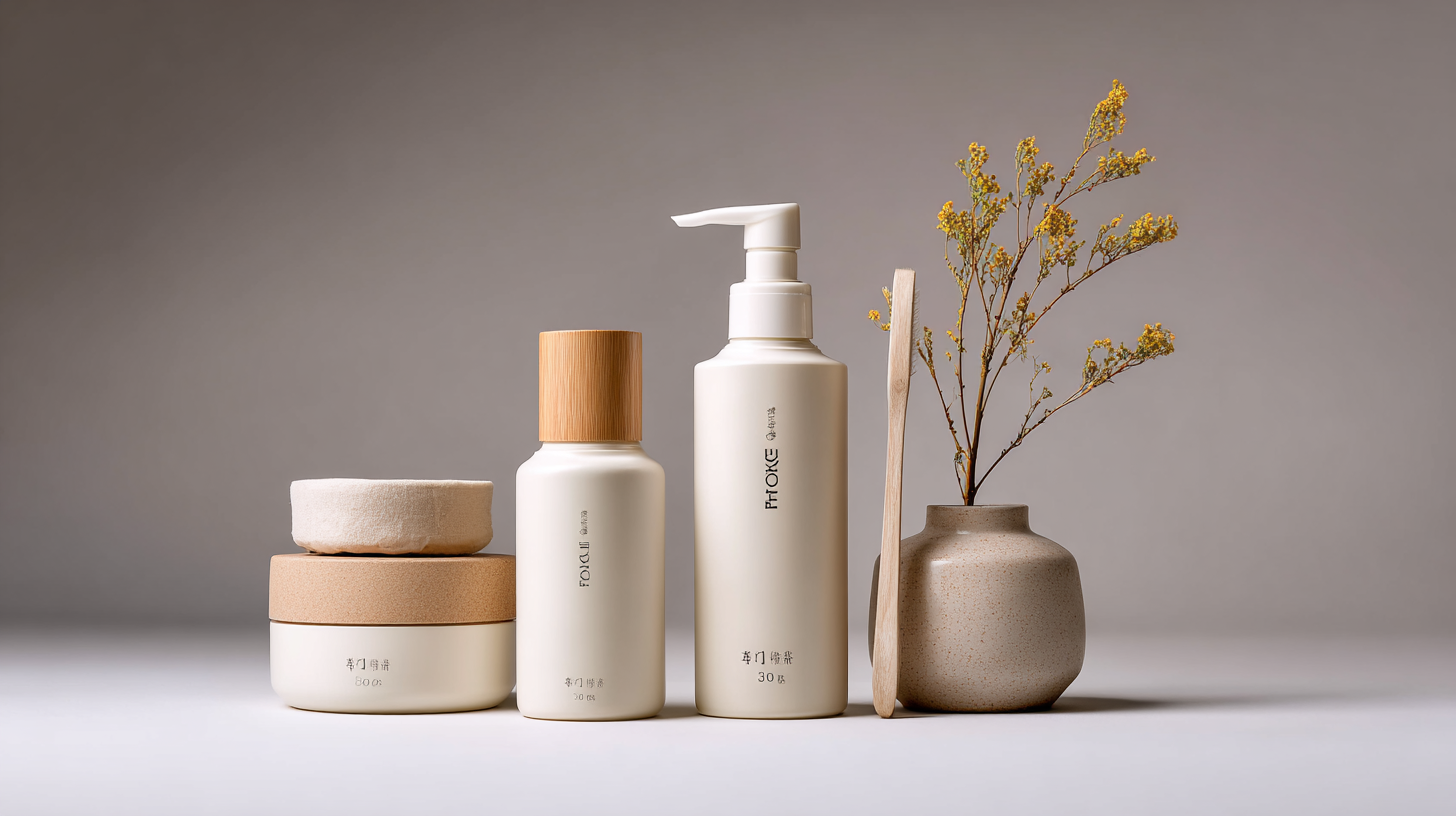
As brands increasingly focus on sustainable alternatives, the transition to eco-friendly materials in cosmetic packaging not only enhances brand loyalty but also aligns with the broader goals of reducing plastic waste and carbon footprints. The future of the beauty industry hinges on innovative approaches to Eco Friendly Cosmetic Packaging that cater to eco-conscious consumers while also meeting regulatory and market demands.
Innovative Materials: Revolutionizing Eco-Friendly Cosmetic Packaging
The demand for eco-friendly cosmetic packaging is on the rise, with the global sustainable packaging market expected to reach USD 475 billion by 2026, growing at a CAGR of 5.7% from 2021 to 2026. This shift reflects consumers' increasing awareness of environmental issues and their desire for products that contribute to sustainability. Innovative materials such as bioplastics, recycled paper, and glass have emerged as key players in this transformation, offering brands a way to align their packaging with consumer values while reducing their environmental footprint.
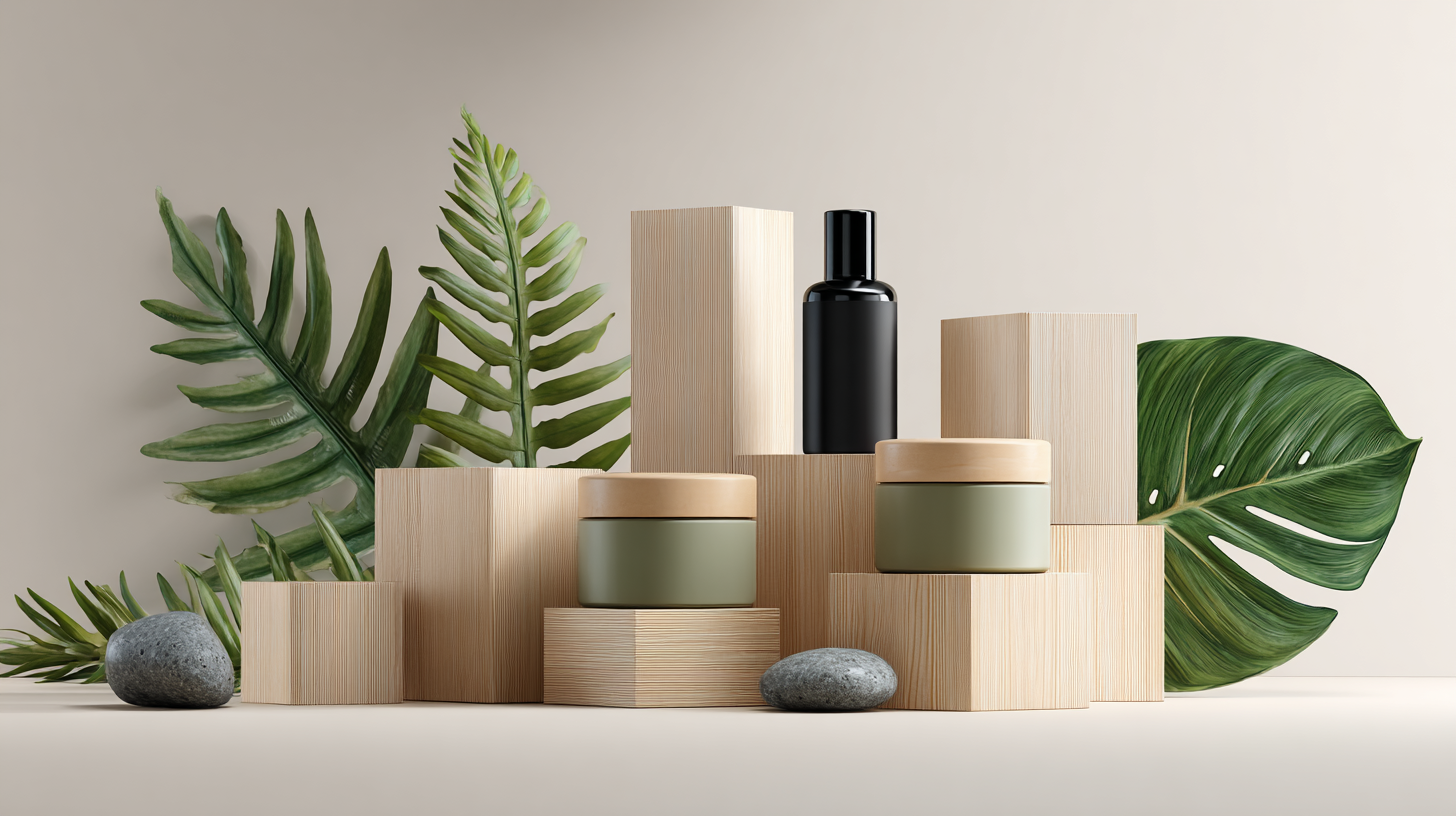
Bioplastics, made from plant-based materials, present a significant opportunity for the cosmetic industry. Reports suggest that bioplastics can help reduce carbon emissions by up to 80% compared to conventional plastics. Additionally, advancements in technology have enabled the development of biodegradable options that decompose within a year, drastically minimizing long-term waste. Brands incorporating such materials can not only enhance their ecological messaging but also appeal to the growing segment of environmentally-conscious consumers.
Furthermore, the use of minimalist packaging designs not only reduces material consumption but also enhances brand identity. Research has indicated that 72% of consumers are more likely to choose products with sustainable packaging. As companies explore these innovative materials and design strategies, they position themselves at the forefront of a sustainable beauty industry that prioritizes both ecological integrity and consumer preferences.
Embracing Circular Economy Principles in Beauty Product Packaging
The beauty industry is undergoing a significant transformation as sustainability takes center stage. Embracing circular economy principles in packaging is a vital step toward minimizing environmental impact. According to a report by Grand View Research, the global eco-friendly packaging market for cosmetics is projected to reach $27.54 billion by 2025, growing at a CAGR of 5.4%. This growth indicates a robust demand for sustainable options as consumers increasingly favor brands that reflect their values regarding environmental responsibility.
Incorporating circular economy design principles involves not only using recyclable and biodegradable materials but also focusing on reducing waste throughout the product lifecycle. A 2021 study by McKinsey & Company found that 85% of consumers are willing to pay more for sustainable packaging. This willingness provides a compelling incentive for beauty brands to innovate and invest in environmentally friendly materials. By creating refillable containers and utilizing post-consumer recycled materials, brands can contribute to a closed-loop system that minimizes waste and conserves resources. The move towards sustainable packaging is not just a trend but a pivotal shift towards a more responsible beauty industry, aligning consumer preferences with environmental stewardship.
The Role of Digital Technology in Sustainable Packaging Solutions
The integration of digital technology in sustainable packaging has become a driving force for the beauty industry's transformation toward eco-friendliness. Advanced technologies such as artificial intelligence (AI), machine learning, and computer vision are revolutionizing packaging design and production. These innovations not only enhance quality control but also enable the development of smart packaging solutions that can adapt to consumer needs and environmental standards. By leveraging predictive analysis, brands can better understand consumer behavior and preferences, leading to more efficient and sustainable packaging options.
In a notable example, a collaboration between major companies has focused on utilizing AI to explore new high-barrier materials for packaging. This partnership exemplifies how digital transformation can significantly improve material selection, resulting in reduced waste and a smaller carbon footprint.
Additionally, the rise of interactive packaging featuring augmented reality (AR) and smart sensors illustrates the industry's commitment to creating engaging consumer experiences while prioritizing sustainability. As technology continues to evolve, the potential for creating innovative, eco-friendly packaging solutions will expand, ultimately supporting a more sustainable beauty industry.
Consumer Preferences Shaping the Future of Eco-Conscious Cosmetics
As consumer preferences increasingly lean towards sustainability, the eco-friendly cosmetic packaging sector is undergoing transformative changes. The rise of the clean beauty movement is reflective of a broader trend where 70% of consumers express a willingness to pay more for products that use sustainable packaging, according to recent industry reports. This shift is driven not only by environmental awareness but also by a demand for transparency in ingredients and sourcing.
The organic personal care market is projected to experience significant growth, with estimates forecasting an expansion from $9.5 billion in 2025 to over $22 billion by 2035. This growth emphasizes the crucial role of packaging, as brands explore innovative materials such as biodegradable plastics and reusable containers to meet the demands of eco-conscious consumers. Additionally, with 62% of shoppers indicating a preference for brands that utilize sustainable practices, the beauty industry must continuously adapt, ensuring that their packaging solutions align with these evolving consumer values and contribute to a truly sustainable beauty ecosystem.
Exploring the Future of Eco Friendly Cosmetic Packaging for a Sustainable Beauty Industry - Consumer Preferences Shaping the Future of Eco-Conscious Cosmetics
| Packaging Material | Consumer Preference (%) | Environmental Impact Awareness (%) | Retail Price Impact (%) | Willingness to Pay More (%) |
|---|---|---|---|---|
| Biodegradable Plastics | 65% | 70% | 50% | 55% |
| Recycled Paper | 75% | 82% | 40% | 60% |
| Glass Containers | 80% | 85% | 30% | 75% |
| Bioplastics | 68% | 78% | 45% | 50% |
| Metal Packages | 72% | 80% | 38% | 65% |
Collaborations and Innovations: Brands Leading the Eco-Packaging Movement
The beauty industry is undergoing a significant transformation as brands embrace eco-friendly packaging solutions in response to growing consumer demand for sustainability. According to a recent report from Grand View Research, the global green packaging market is expected to reach $500 billion by 2027, with a compound annual growth rate (CAGR) of approximately 5.7%. This shift is driven by consumers who are increasingly aware of environmental issues and are actively seeking products that align with their values. Major cosmetics companies like L'Oréal and Unilever have set ambitious goals to improve their packaging sustainability, showcasing innovative strategies that not only reduce environmental impact but also enhance brand loyalty.
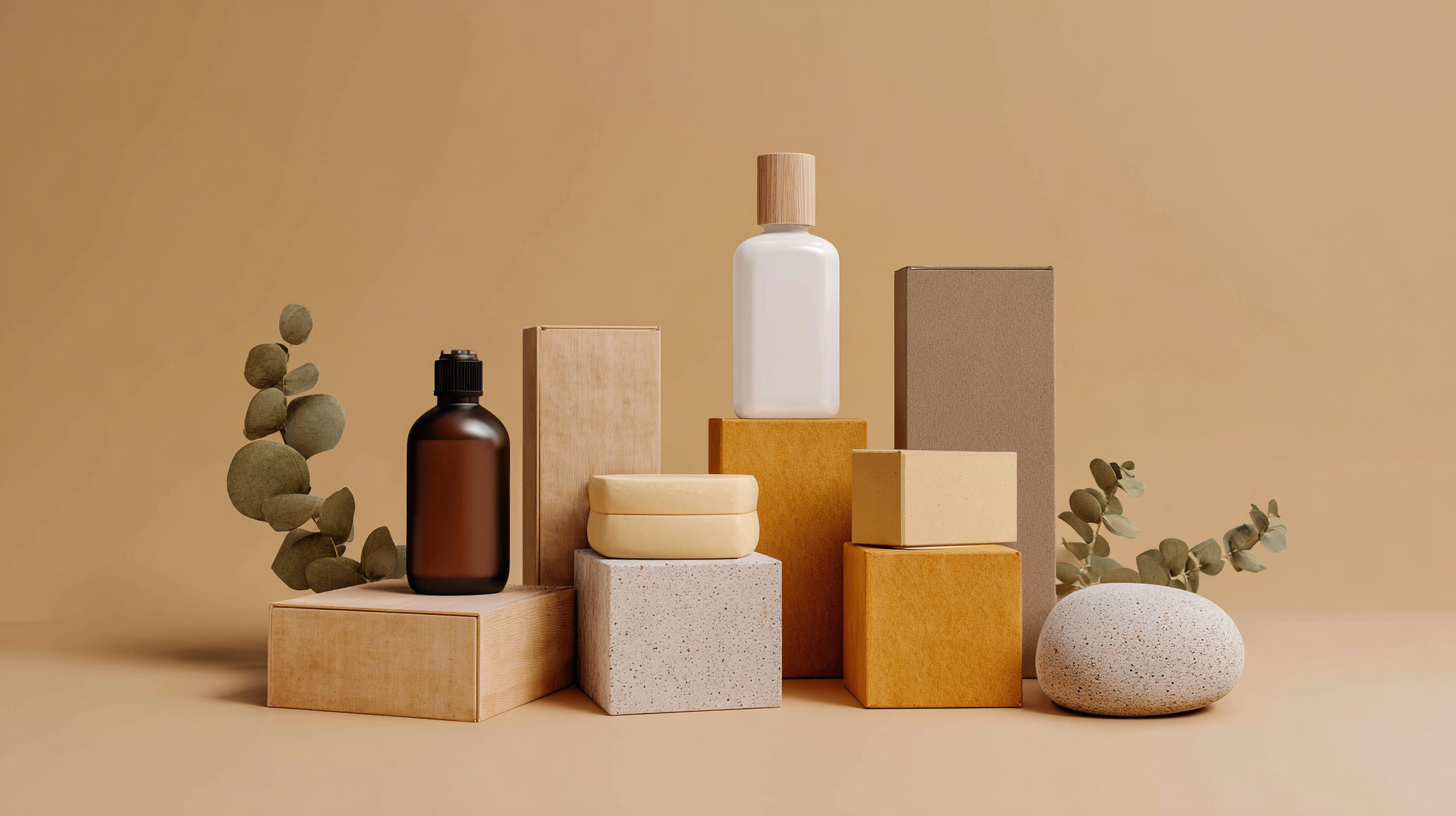
Collaborations among companies are also fueling advancements in eco-packaging. For instance, the partnership between Estée Lauder and the sustainable materials company, Ecologic Brands, has resulted in biodegradable bottles made from recycled materials. Similarly, brands like Aveda are turning to post-consumer recycled plastics for their packaging, significantly reducing their carbon footprint. According to a survey by McKinsey, around 65% of consumers would choose a brand that uses sustainable packaging over one that does not, highlighting the importance of these innovations. As the beauty sector continues to evolve, such collaborations are crucial for making sustainable packaging the norm rather than the exception, ultimately reshaping consumer expectations and industry standards.
Related Posts
-
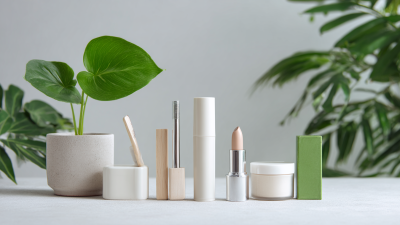
What is the Impact of Eco Friendly Cosmetic Packaging on the Environment
-

Exploring the Future of Lip Gloss Tubes at 2025's 138th Canton Fair: Market Trends and Insights
-
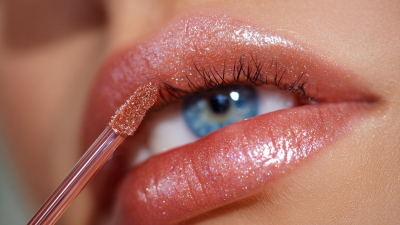
The Future of Beauty Innovation with Best Tube Lip Gloss
-

The Versatile World of Plastic Tubes: Innovations and Applications in Everyday Life
-

Future Trends in Lip Balm Tubes: What 2025 Holds for the Beauty Industry
-
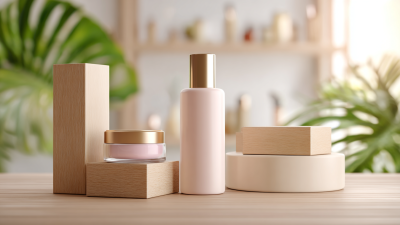
Exploring the Rise of Eco Friendly Cosmetic Packaging at the 138th Canton Fair 2025






